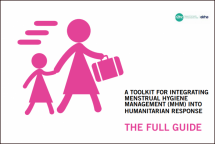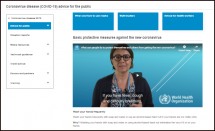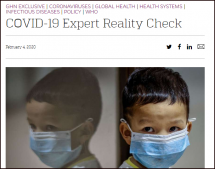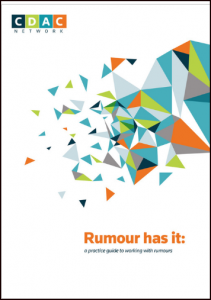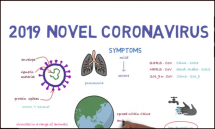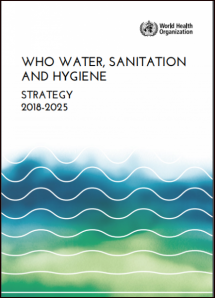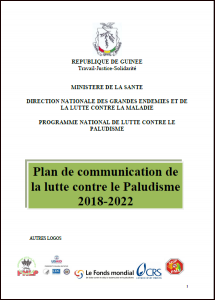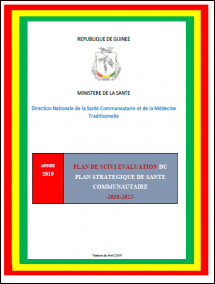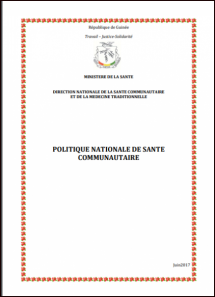FP2020 Coup de Projecteur sur les Femmes
Elle présente ainsi les faits saillants, des aperçus du contenu publié en ligne, le rapport financier ainsi qu’une analyse des données. Toutes les autres informations sont présentées dans la version numérique.
FP2020 occupe une position unique dans l’architecture mondiale de développement durable. FP2020, en tant que partenariat entièrement consacré à la planification familiale, est le porte-fanion de l’une des composantes les plus déterminantes du programme de santé mondiale. La planification familiale est indispensable pour la santé, pour les droits et pour l’autonomisation des femmes. Il n’y aura pas de développement durable sans la participation des femmes et des jeunes filles et la planification familiale est indispensable à leur participation.
FP2020 joue un rôle tout aussi incomparable en matière de planification familiale. Son programme unique favorise et facilite les engagements des pays à offrir des services de planification familiale fondés sur les droits. Ce faisant, il concilie les actions des organisations de la société civile, des bailleurs de fonds bilatéraux, des partenaires multilatéraux, des fondations privées et des militants de base en vue de concrétiser pleinement ces engagements nationaux.
C’est la force de ce partenariat qui a permis d’accélérer les progrès en matière de planification familiale au cours des sept dernières années. L’objectif mondial fixé en 2012 pour cette initiative – 120 millions de nouvelles utilisatrices d’un mode de contraception – était extrêmement ambitieux et ne sera pas atteint d’ici 2020, malgré les efforts concertés d’une grande variété de partenaires. Mais nous avons réussi à infléchir la courbe, avec des gains de près de 30 % supérieurs à la tendance historique. Il est intéressant de constater que plusieurs pays au sein du partenariat ont déjà atteint, ou sont en bonne voie d’atteindre les objectifs nationaux fixés dans le cadre de leurs engagements FP2020.
Dans le même temps, nous avons accompli de formidables progrès dans notre manière d’appréhender comment mener cette action efficacement, à l’échelle mondiale comme dans différents pays. Nous avons tiré de précieux enseignements quant à la manière d’harmoniser nos efforts et de mutualiser nos ressources, de collecter et d’utiliser les données, de relever les défis politiques et sociaux, de mettre en place des mécanismes de responsabilisation et de transparence, d’instituer des sources de financement pérennes et de renforcer les approches fondées sur les droits dans notre programmation.
Last modified: March 5, 2020
Language: French


